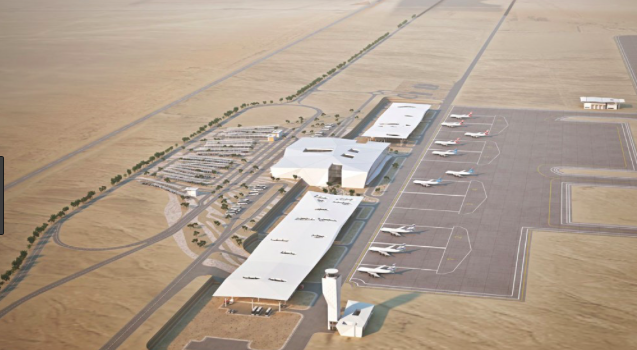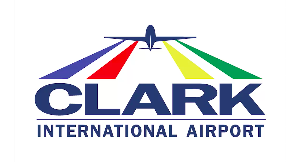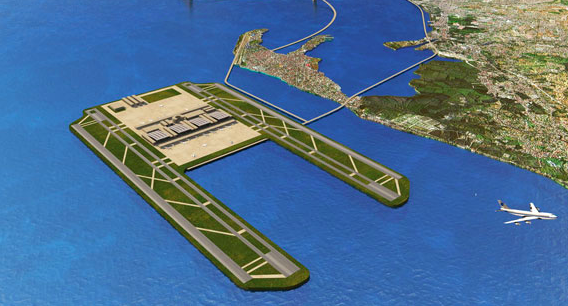State airport operator Angkasa Pura II (AP2) plans to manage three airports in Sumatra. The three airports were previously managed by the Transportation Ministry’s Directorate General of Air Transportation’s Airport Organizing Unit.
The three airports that will be managed by AP2 are Raden Inten in Lampung, Fatmawati in Bengkulu, and Tanjung Pandan in Bangka Belitung.
AP2 president director Muhammad Awaluddin said through a written statement in Jakarta, Tuesday, 1 January that AP2 will also conduct a strategic partnership for the development of several airports.
These projects include the development of Kualamanu Airport, which will later be used as a hub of the western parts of Indonesia, the construction of a business hub at Pekanbaru’s Sultan Syarif Kasim II Airport, and the expansion of terminals and other airport air sides.
Today, Angkasa Pura II manages 16 airports throughout Indonesia. In 2018, the company served 115 million passengers, an increase of 9.5 percent compared to 2017’s 105 million passengers.
Source: Tempo.co





